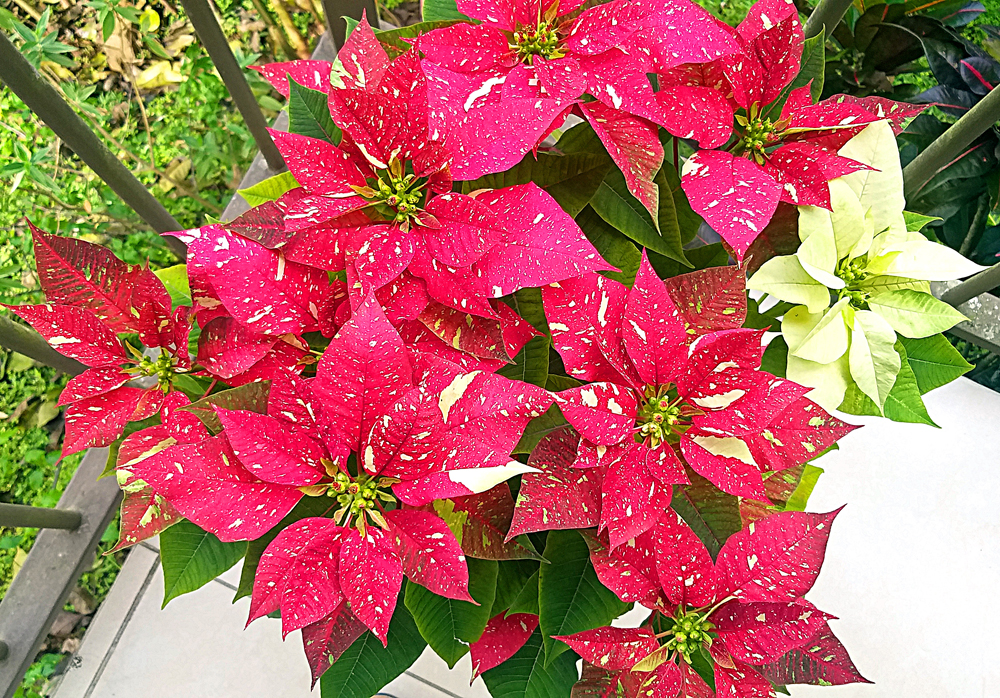
¡Pura Vida!
¡Feliz Navidad! Merry Christmas!

¡Pura Vida!
¡Feliz Navidad! Merry Christmas!
Here’s just two of the shots I made in November of this frequently seen tropical bird, the Blue-gray Tanager, Thraupis episcopus (eBird link) is found only in tropical Central & South America and is one of the more frequently seen birds for me in Costa Rica as my Gallery: Blue-gray Tanager will show.
The feature photo at top is what most of this species looks like and I am guessing that the more rotund one below is a pregnant female, with several eggs to lay. 🙂
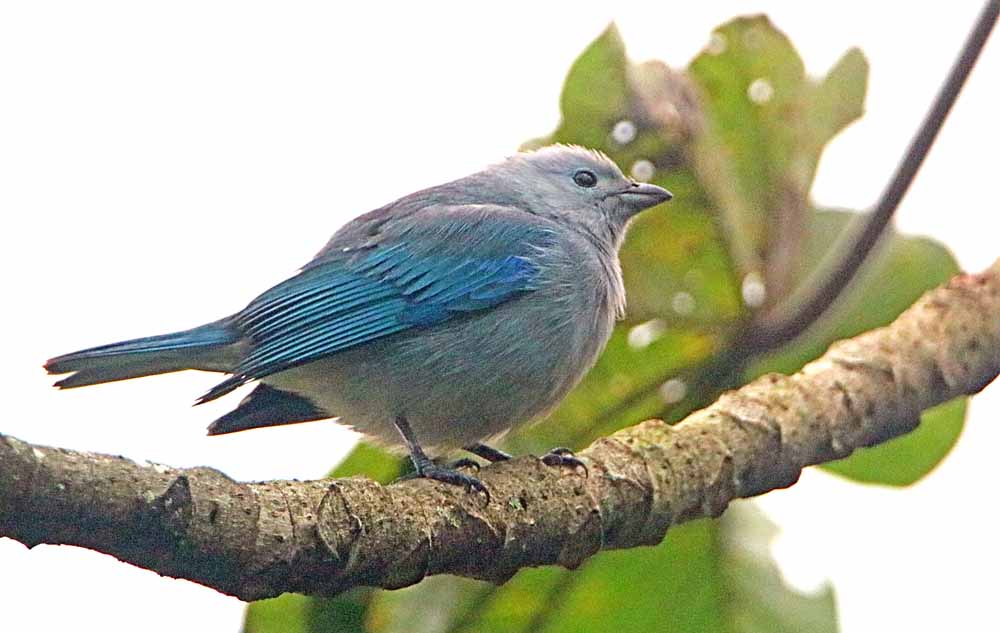
¡Pura Vida!
For the White Angled-Sulphur, it depends on which side and angle you are viewing it, with the top of open wings (didn’t get this time) it is bright white with two bright yellow patches and four brown spots, but the folded wings views can be either green, as one of these shots sort of is, or a more yellow look as two of these three photos appear and one shows a sliver of the bright white top. See all of the many looks in my White Angled-Sulphur, Anteos clorinde GALLERY.
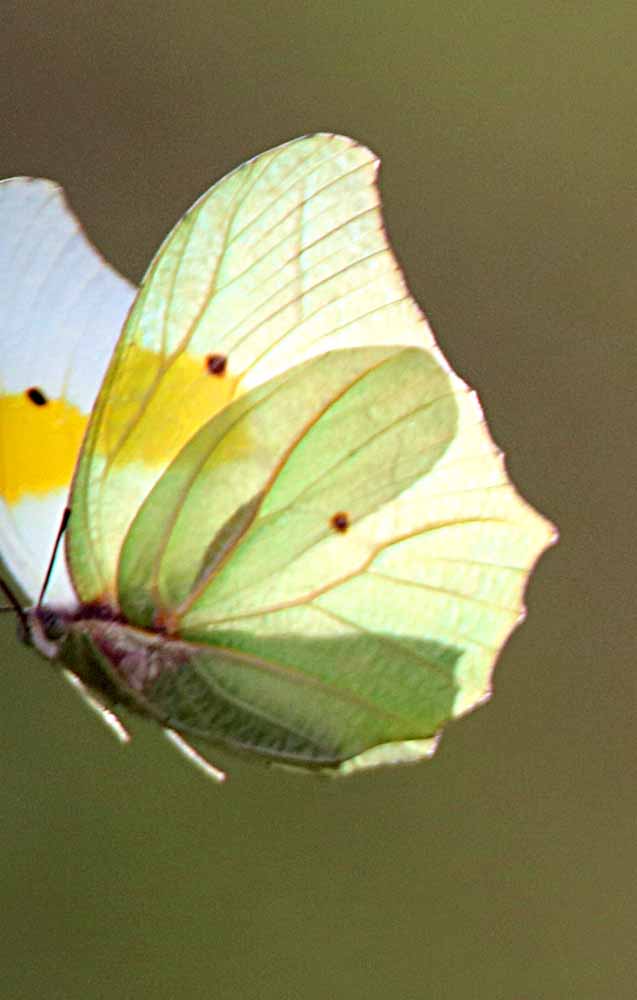
This species is becoming more frequently seen for me, with the last one shared November 1 this year. He is very similar to a more rarely seen Pale-billed Woodpecker with not only the pale bill being different but also his black and white coloring is different, but both have the big bright red pointed head like Woody Woodpecker. 🙂
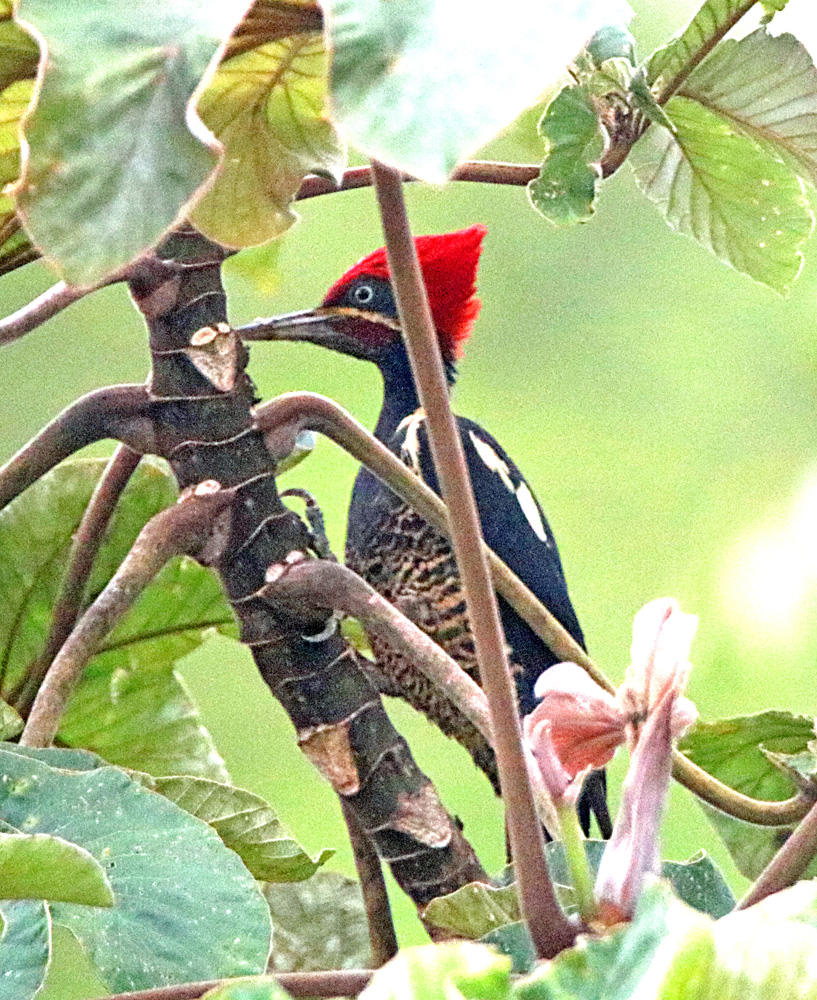
See more photos of this species in my Lineated Woodpecker Gallery or you can read about them on eBird where you will see that they are found only in the tropical forests of Central and South America.
¡Pura Vida!
Just the day before yesterday I had my gardeners install a new garden bench up the hill beside my house at roof level and beside “K’s Little Zinnia Patch” (linked to an earlier blog post) under a palm tree with easy photography of butterflies in both the Zinnia Patch and in my row Porterweeds which also attracts hummingbirds. PLUS a view of the trees and the hills around me for birds. It will become one of my morning rituals to go sit and photograph nature around me! It is a challenge to hike up the steep driveway and then I needed a place to sit. So I installed one! 🙂
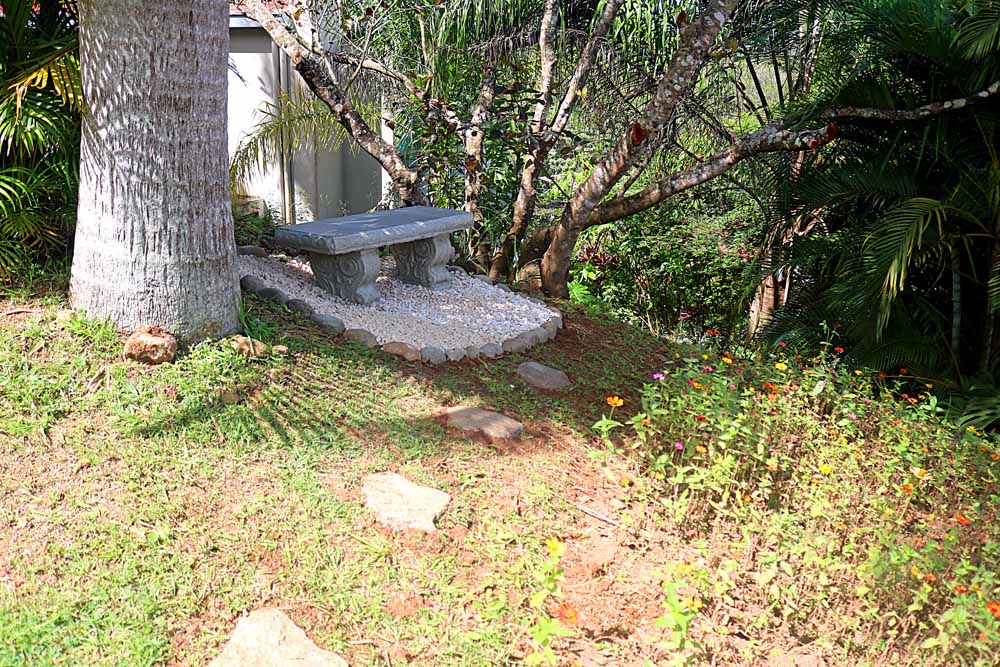
And see more photos of the bench and its vistas in this slide show online:
Continue reading “Bird & Butterfly Bench”Possibly the most seen woodpecker in my garden is this Hoffmann’s Woodpecker, Melanerpes hoffmannii (eBird link), distinctive with it’s gold nape and for the male (this photo) a bright red crown! It is exclusively in Costa Rica and Nicaragua with a few strays into El Salvador and Honduras. See some more of my photos in my Hoffmann’s Woodpecker Gallery made over the years literally all over Costa Rica. Here’s three shots from my garden recently that I’m adding to that gallery collection . . .
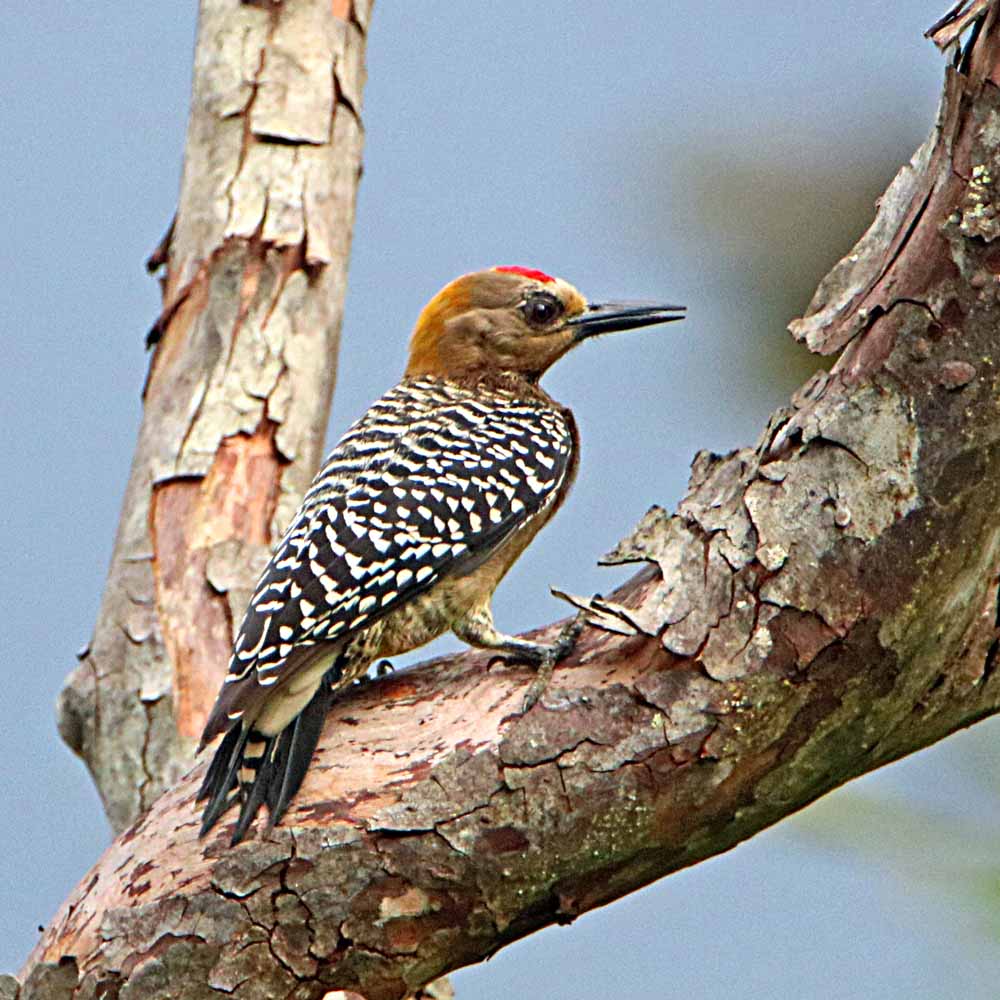
It takes me a while to process the many photos I usually take and then label and get into galleries – but it is done! for the November 10 & 17-22 Visit by the Gary Eaton’s. Linked to the gallery or click on the image of first page below . . .
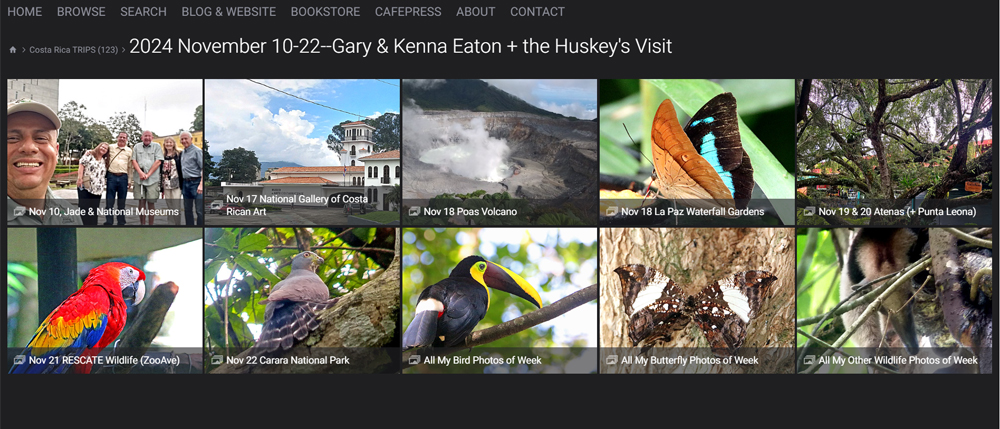
I placed it in my “CR TRIP GALLERIES” because it was their trip and much like a trip for me with a variety of photos, many of which are okay even if not my best! 🙂 After all, I had cancer surgery on my nose in the middle that week and was dealing with feet & leg inflammation from the new blood pressure medicine, but in spite of all that, I had great time Gary & Kenna! And I hope you are able to return to Costa Rica in the future to see other areas and different National Parks! I love it all! 🙂
¡Pura Vida!
This is the most frequently seen “large” butterfly in my garden and here are a couple of shots from the other day . . .
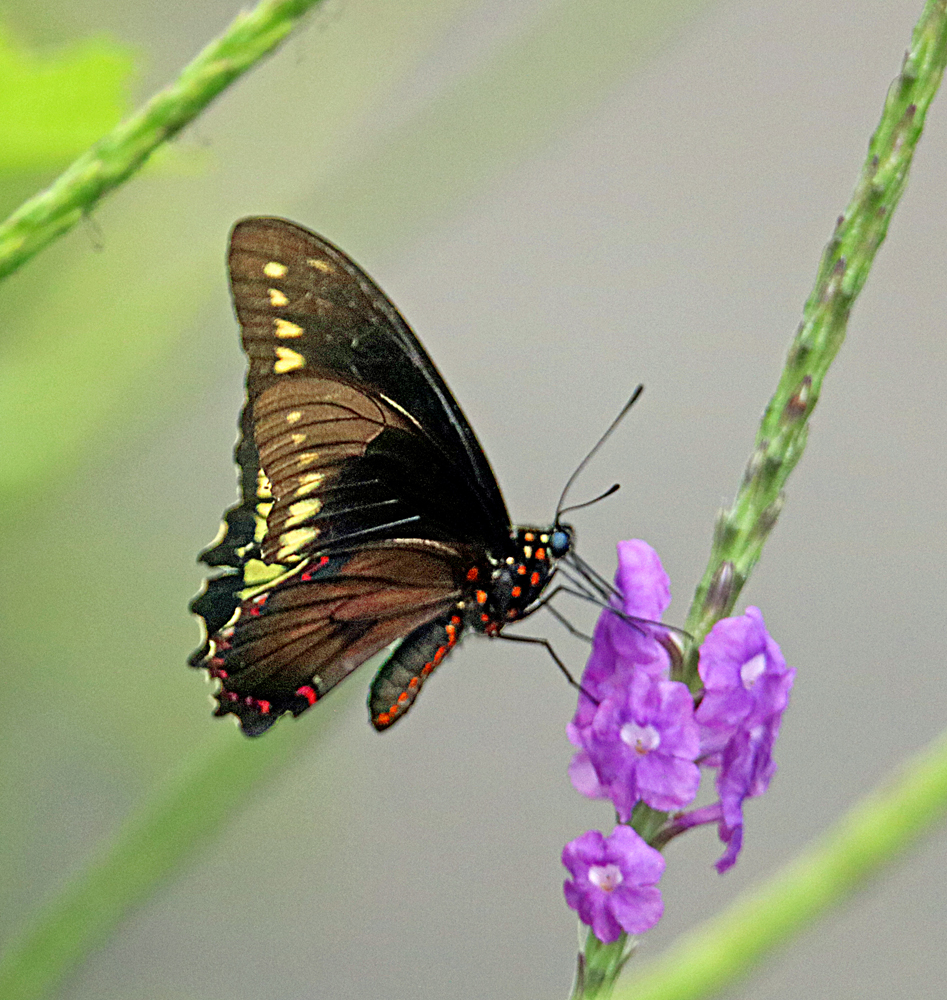
It is tempting to call this a Green Iguana, but those do not live in my garden and these do! 🙂 The babies and juveniles of both species are very much alike, so location determines this ID. I see them in my garden a lot! And their parents & big brothers & sisters walk around on my roof and climb the trees! 🙂
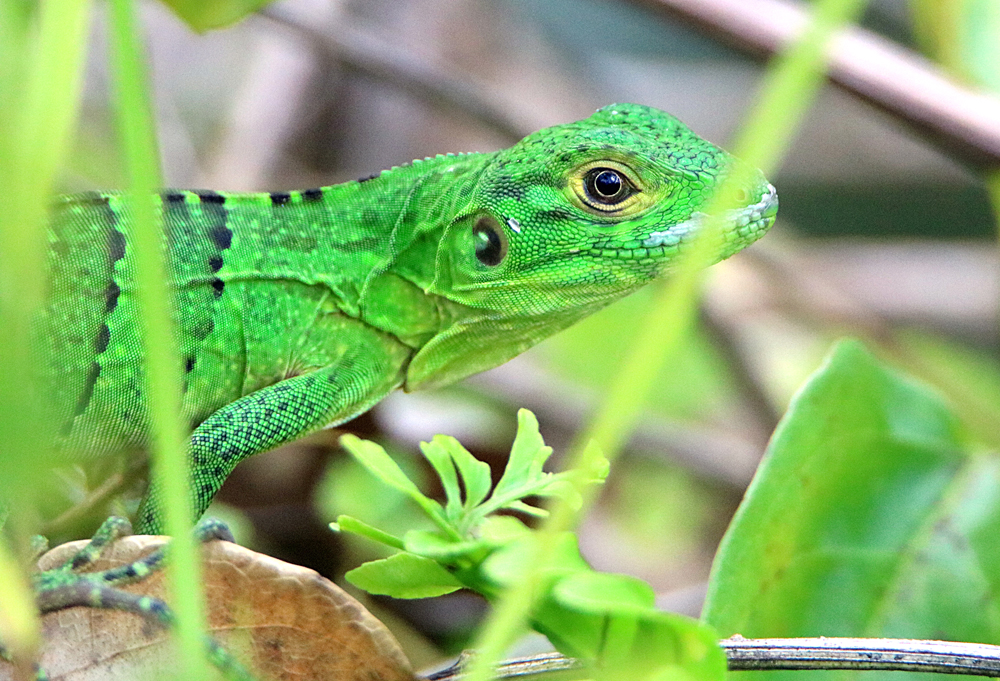
See more of my many photos of this species in my GALLERY: Black Spiny-tailed Iguana. And oh yeah, the scientific name is: Ctenosaura similis.
¡Pura Vida!
The Julia Heliconian, Dryas julia (my gallery link) is a favorite butterfly of many here and is found from Brazil north to South Texas and the Florida peninsula. A lot more photos in my gallery linked above.
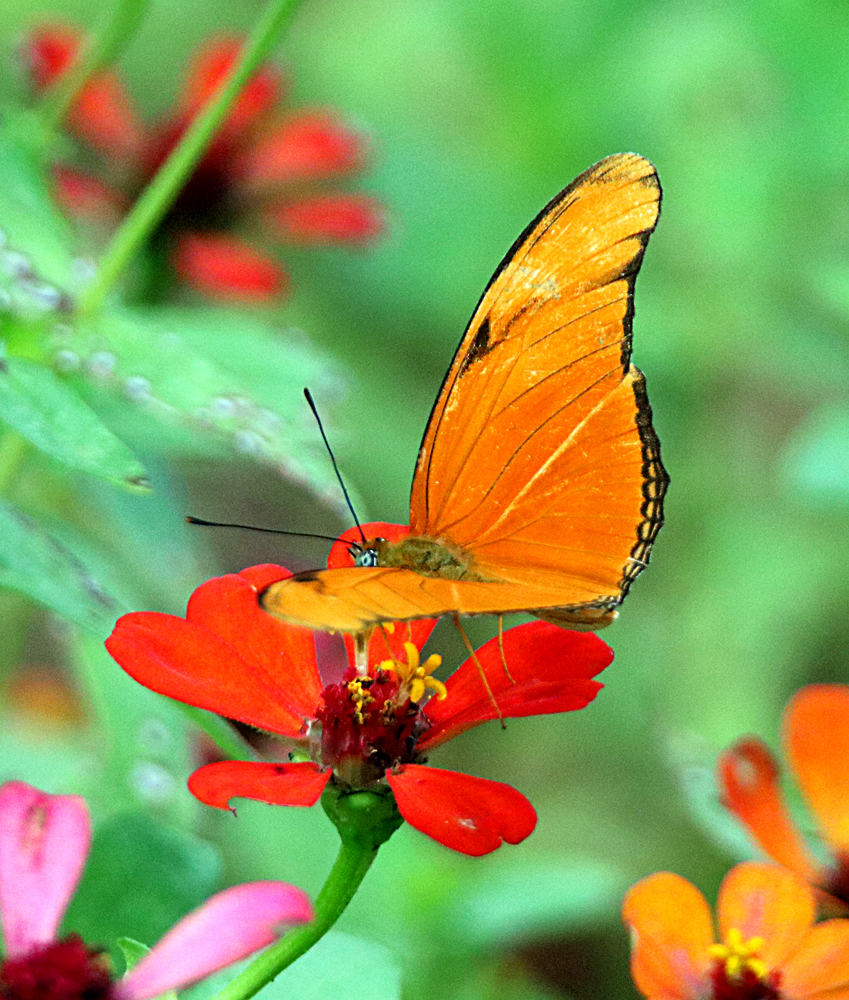
¡Pura Vida!